Venice, the enchanting ancient city of canals, continues to attract millions of visitors each year. To ensure sustainable tourism and protect its fragile infrastructure, Venice has introduced a tourist tax alongside an entrance fee for day visitors. If you’re planning a visit in 2025, here’s everything you need to know about these fees, their purpose, and how to pay them.
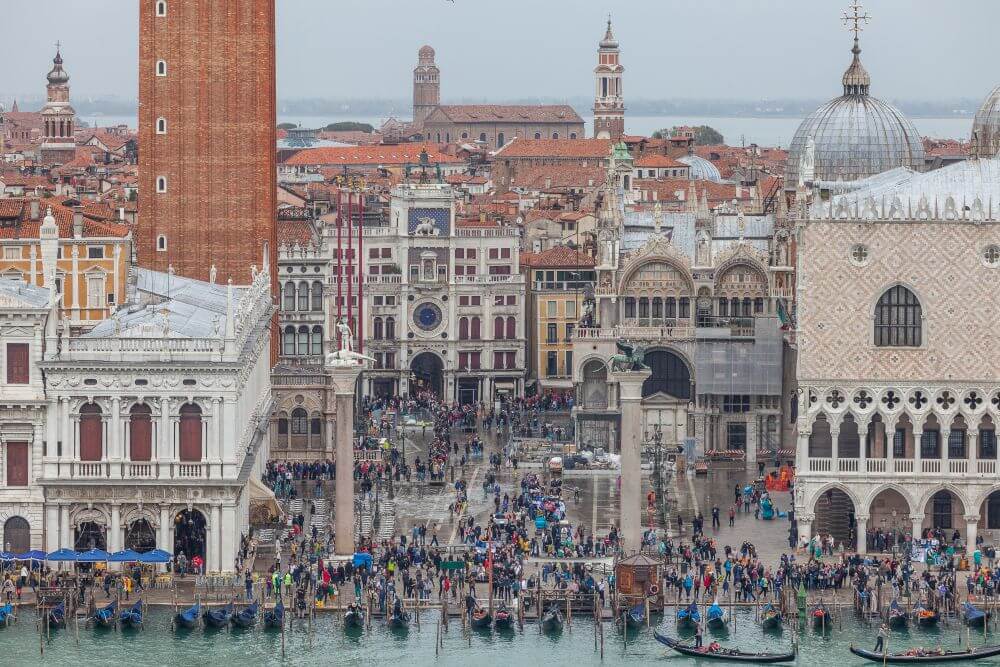
The Venice Tourist Tax, also known as the “tassa di soggiorno,” applies to visitors staying overnight in the city. The tax is part of the city’s efforts to manage overtourism and protect its World Heritage status. Introduced in 2011 and updated regularly, this fee is calculated per person per night and varies depending on the type of accommodation, location, and season. For example:
The tax is collected directly by your accommodation manager during check-in, either in cash or by card. It applies for the first five nights of your stay; no further charges are incurred after that.
For visitors who do not stay overnight, the city of Venice has implemented an entry fee called the “contributo di accesso.” The Venice Entrance Fee, was introduced in 2024 to help manage the impact of mass tourism. This fee applies only on specific days between 8:30 AM and 4:00 PM, mostly weekends, to manage the influx of visitors:
The entry fee covers access to the historic centre of Venice but excludes nearby islands such as Murano, Burano, Lido, and Sant’Erasmo. Payment can be made online through the official website or app, where you’ll receive a QR code to present at checkpoints.
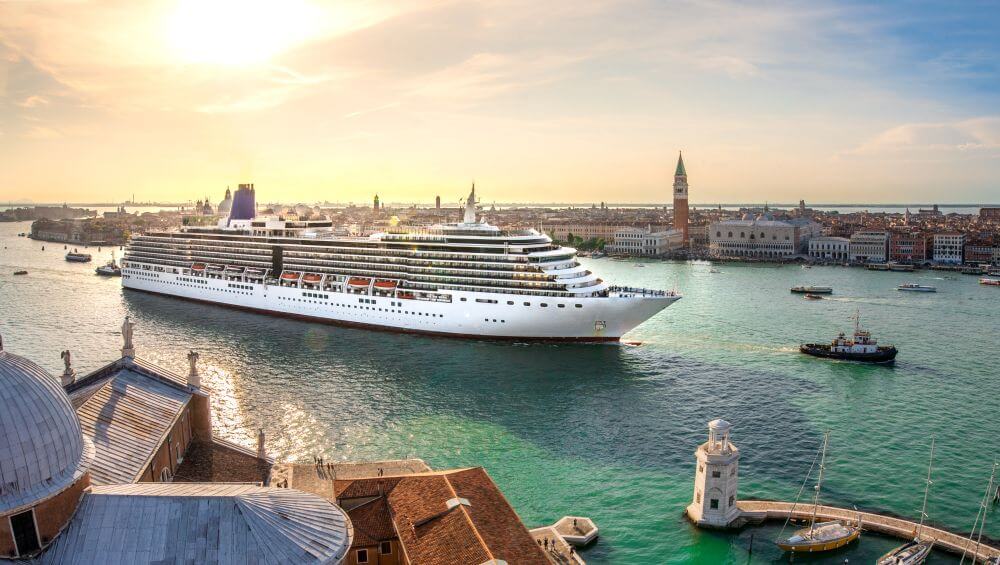
So there are these two different fees to make tourism more sustainable: the Tassa di soggiorno (accommodation tax) and the Venice Access Fee (day tax).
The accommodation tax applies to guests staying overnight in Venice. It is charged per person per night and varies depending on the type of accommodation, season and location. The revenue is used to maintain the city’s cultural heritage and infrastructure. Children under the age of 10 are exempt from this tax.
The day tax, first trialled in 2024 and extended to more days from 2025, is aimed at day visitors who visit Venice without staying overnight. It amounts to €5-€10 per person and is intended to reduce the impact of mass tourism. The fee is paid online and visitors receive a QR code to check in at access points.

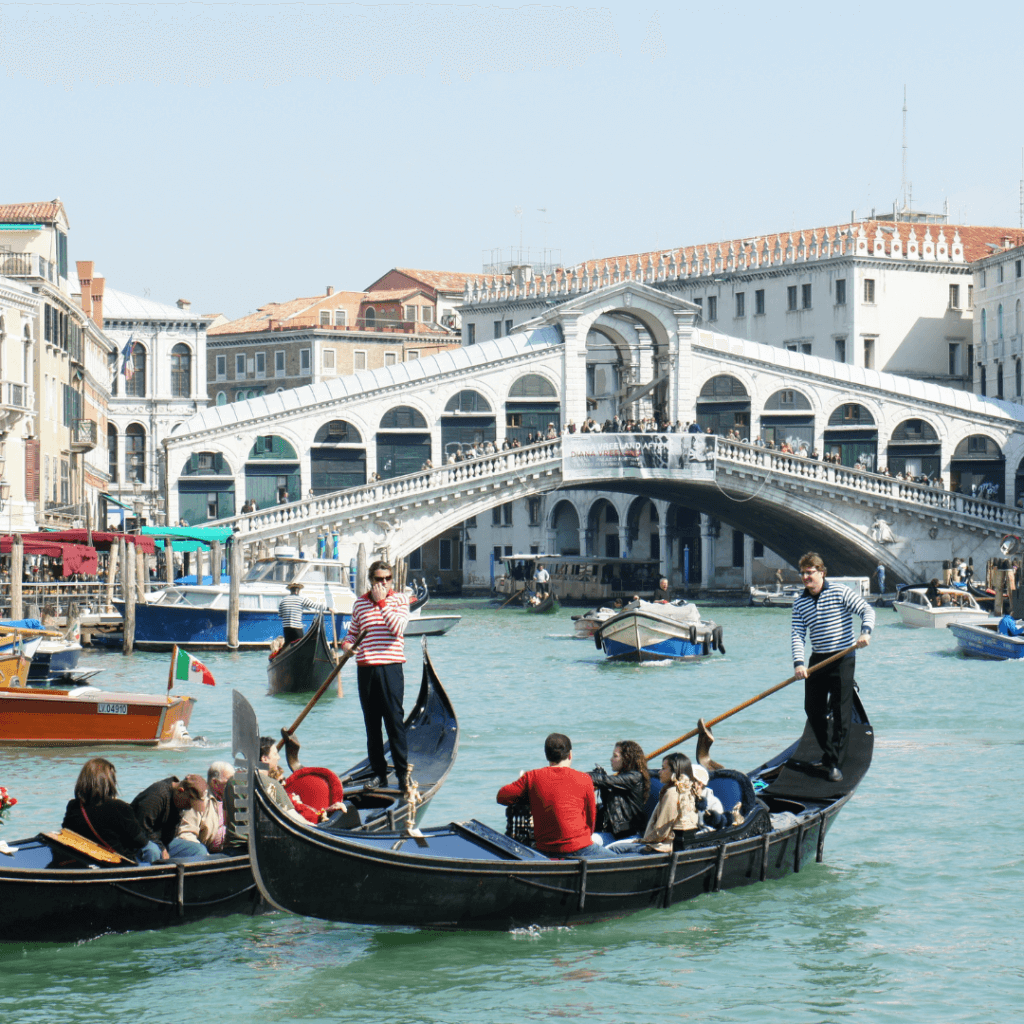
Tourist Tax:
– Applies to overnight guests staying in hotels, B&Bs, or other accommodations within Venice.
– Children under 10 years old are exempt; those aged 10–16 pay half the rate.
Entry Fee:
– Applies to day-trippers
– Exemptions include residents of Veneto, children under 14 years old, students studying in Venice, people with disabilities, and certain professionals such as tour guides or bus drivers accompanying groups.
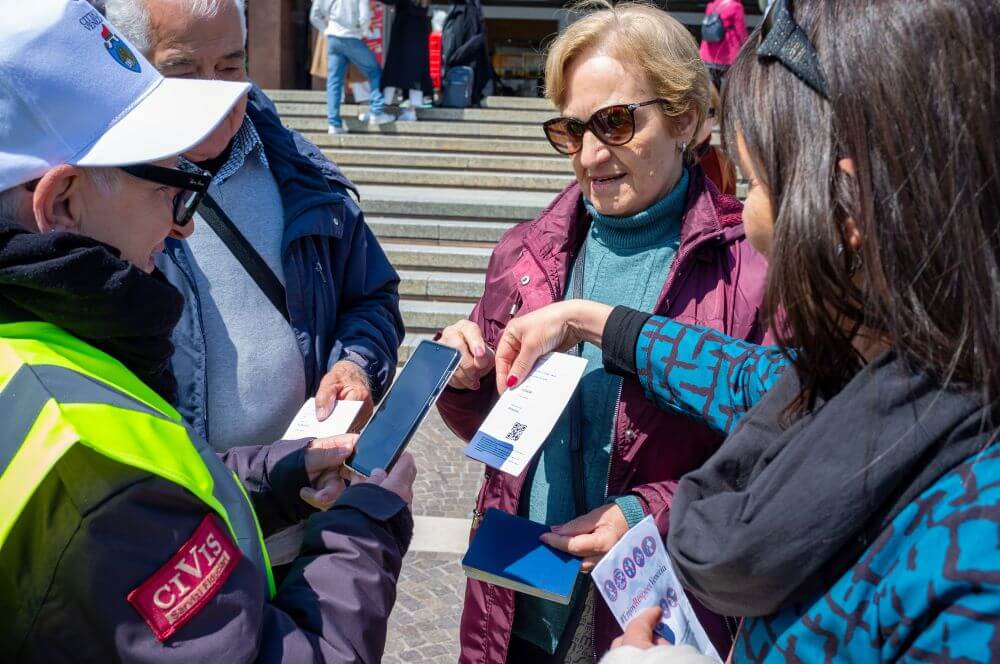
Paying these fees is straightforward:
Tourist Tax: Paid directly at your accommodation during check-in (cash or card).
Entry Fee: Book your visit online via the official Comune di Venezia website or app. After payment, you’ll receive a QR code that must be presented at access points during random checks. The train station, particularly Stazione Santa Lucia, is a key entry point where visitors can pay the entry fee, but you have to expect long lines.
Failure to pay the entry fee may result in fines of up to €300.
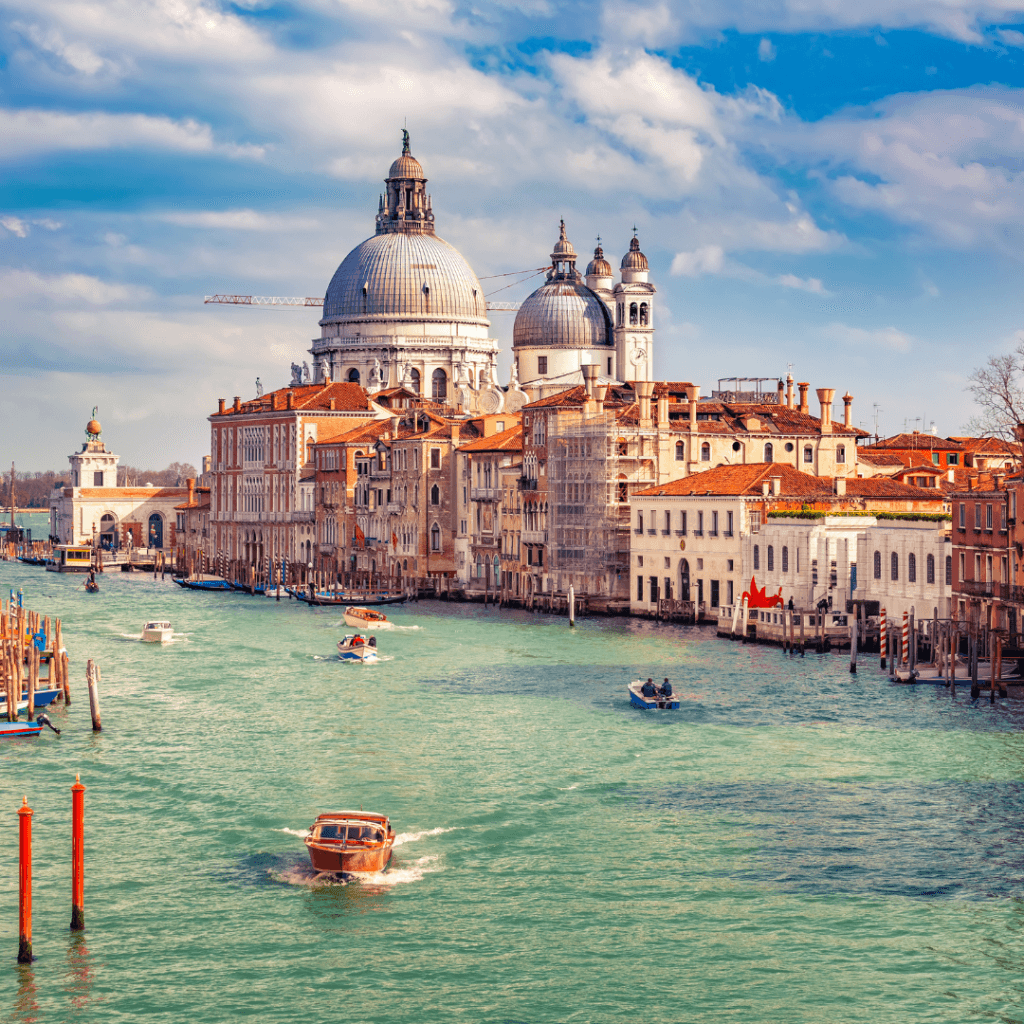
There are seven main access points where visitors will have their passes checked, including the airport, train and bus stations, Fusina port, and the Fondamente Nove and Riva degli Schiavoni waterfronts. These locations are strategically chosen as they are common entry points for tourists arriving in Venice. Visitors will need to line up to have their passes checked, and those claiming exemptions will undergo spot checks. To ensure everyone is aware of the access fee, advertisements will be displayed on trains and buses arriving in the city, and posters in vaporetti (waterbuses) will outline the trial dates and how to book a ticket.
In 2025, Venice has expanded the number of days when the entry fee applies. Previously limited to a handful of dates, it now covers 54 specific days during peak months like April, May, June, and July. This change aims to better regulate visitor numbers during high tourist seasons.
These fees are part of Venice’s broader efforts to promote sustainable tourism:
Preserving Heritage: Funds raised help maintain historical landmarks and cultural sites, as well as preserve the Venetian lagoon and its cultural significance.
Improving Infrastructure: Revenue supports public services and environmental conservation projects.
Reducing Overtourism: By regulating visitor numbers during peak times, the access fee helps to manage overtourism and preserve the ancient city’s unique character.
The tourist tax ranges from €0.50–€5 per night depending on seasonality and accommodation type. The entry fee for day-trippers is €5–€10 per person depending on booking time.
The tourist tax is paid directly at your accommodation during check-in. The entry fee can be paid online via the official website or app.
Yes! In 2025, the entry fee will apply on 54 specific days during peak months like April through July.
If you fail to pay the Venice tourist tax or entry fee without a valid exemption, you could face significant penalties. Local authorities conduct random checks at designated access points, such as train stations, bus terminals, and waterfronts, to ensure compliance. Visitors who cannot present proof of payment may be fined between €50 and €300. Additionally, you will be required to pay the maximum entrance fee of €10 on top of the fine.